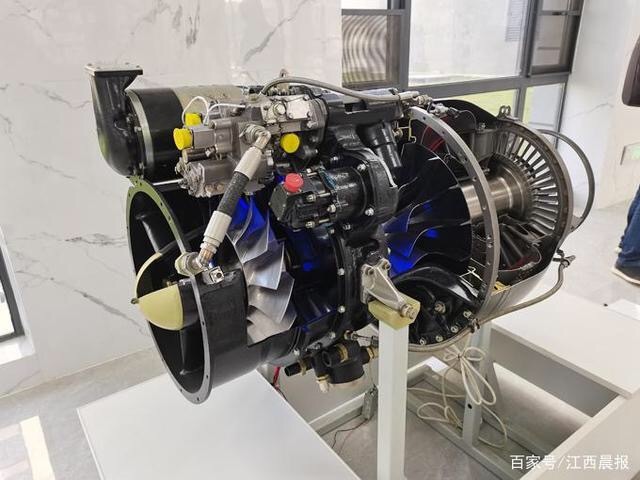Since the first aircraft gas turbines were built in the late 1940s, overall efficiency—fuel flow to propulsive power—has improved from about 10 percent to its current value, approaching 40 percent (see
). It is likely that the rate of improvement of these engines can continue at about 7 percent per decade for the next several decades given sufficient investment in technology. The potential for overall improvement is best considered in terms of the constituent efficiencies: thermodynamic efficiency of the motor and propulsive efficiency of the propulsor.
As noted above, it is not clear how close to the theoretical limits it may be possible to come with a gas turbine for commercial aircraft given aviation’s important constraints of safety, weight, reliability, and cost. Several authors have considered the question of the practical limits for simple cycle gas turbines given the potential for new materials, engine architectures, and component technologies. Their estimates of the individual limits of thermodynamic and propulsive efficiency differ somewhat (and may divide losses differently between thermodynamic and propulsive efficiency), but they agree that an improvement of 30-35 percent in overall efficiency compared with the best engines today may be achievable. As shown in
, motor thermodynamic efficiencies of 65-70 percent and propulsive efficiencies of 90-95 percent may be possible.
Gas turbine engines have considerable room for improvement, with overall efficiencies improving by 30 percent or more compared to the best engines in service today. Improvements will come from many relatively small increments rather than a single breakthrough technology.
Some studies suggest that improvements in turbomachinery performance and reduction in cooling losses could improve thermodynamic efficiency by 19 percent and 6 percent, respectively.
This magnitude of gain is not achieved by simply inserting new technology in existing engines. Rather it requires optimization of the cycle given specific levels of component performance characteristics, temperature capability, and cooling. Practical intercooled or recuperated cycles could increase efficiency by another 4.
Improved fans and propellers could also increase propulsive efficiency by 10 percent.
Of course, the practical limits to propulsive efficiency cannot be addressed at the engine level alone without reference to airplane configuration and propulsion integration, as discussed in
.
To summarize, aircraft gas turbine engines have considerable room for improvement, with a potential to improve overall efficiencies by 30 percent or more over the best engines in service today, with the potential for improvement of propulsive efficiency being about twice that of thermodynamic efficiency. This level of performance will require many technology improvements and come in the form of a number of relatively small increments, a few percent or less, rather than through a single breakthrough technology. The following section discusses many of these technologies.


